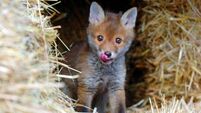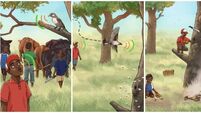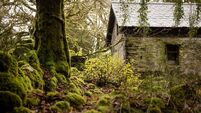Anja Murray: Mad about March hares - and the case against coursing
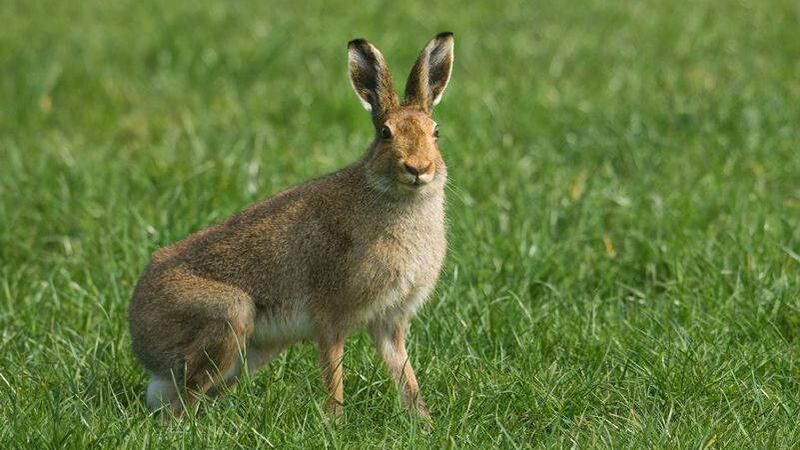
Irish hares go a small bit whiter in winter, helping them blend in better with the landscape on frosty mornings and in snowy weather. Hares that live in the mountains are known to whiten their coats more so than lowland-dwelling hares
Hares are widespread across Ireland and are most at home in the uplands and among rough pasture. I’ve seen them on open grassland among the early morning dew, unaware of being observed; other times I’ve accidentally startled one when out walking in the hills. Upon sensing a ‘threat’ (in this case encroaching humans), hares tend to lie low in the hope of avoiding detection. But when the threat keeps coming nearer, they use their long, powerful limbs to bolt off through the heather at high speed. On open ground, a hare can run as fast as 30 or 40 km per hour.
Irish hares are not only native, they are an endemic species, meaning that they are genetically and physically distinct from the species that occurs in England, Scotland, Wales, and across Europe. Our Irish hares are a subspecies of the Arctic hare, having had 30,000 years of isolation to develop unique traits. Arctic hares develop a white coat in winter, European hares do not. Irish hares go just a small bit whiter in winter, helping them blend in better with the landscape on frosty mornings and in snowy weather. Hares that live in the mountains are known to whiten their coats more so than lowland-dwelling hares.
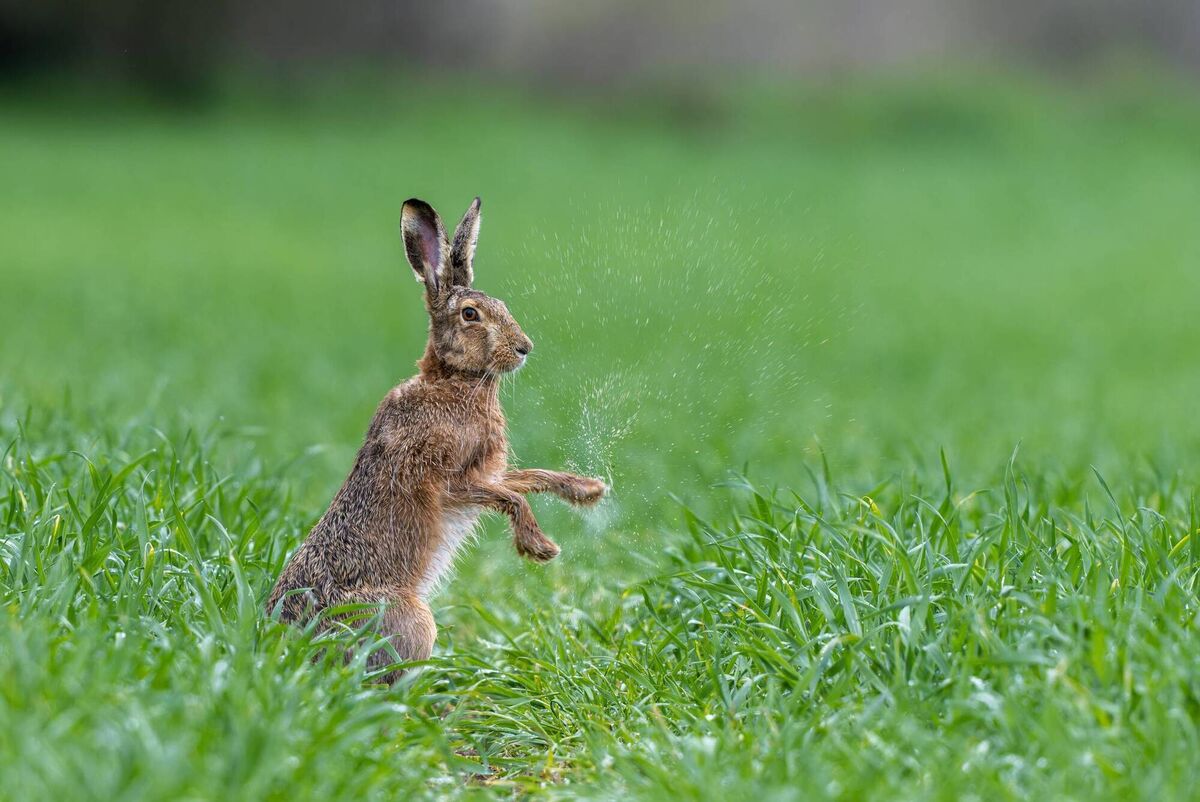
Avoiding being seen is a major factor in hares’ survival and evolution. During the day, they tend to hide themselves away in a ‘form’, a shallow depression among heathers or rushes where they rest up, safely out of sight of predators. Grazing and foraging are safer at dusk and during darkness. Hares are fully vegetarian, though adaptable in the range of plant-based foods that they eat. In the uplands they’ll feed on grasses, sedges, and low-growing herbs. In spring, as the sap is rising in trees, hares will nibble through the bark to access the sweet, nourishing sap that flows just beneath the surface. Hares have been known to eat crops such as sugar beet in later summer too.
While hares are generally shy animals, their behaviour changes in spring, earning them the moniker ‘the mad march hare’. This isn’t a description that someone made up for a fairy tale or a cartoon, but refers to their uncharacteristic behaviour during mating season. During the month of March, hares can be seen standing tall on their hind legs, using their front paws to box each other, their legs to kick, energetically jumping sideways, and leaping about in circles, as though sparring with each other in a boxing match. It was long assumed that these antics are attributed to males showing off their strength and stamina in an effort to win a mate, though now it is known that the ‘boxing matches’ are in fact a struggle between male and female, as males pursue females to mate and females have to fight to fend off unwanted advances.
In a few months’ time, leverets (baby hares) are being suckled by their mothers. March through to August are the months when hare coursing is not permitted in Ireland.
From September to the end of February, though, winter season hare coursing takes place across the country. Wild hares are netted under licence from the Minister of Housing, Local Government and Heritage, the licences are administered by the Irish Coursing Club. Almost 50 active licences permit the capture of up to 6,000 wild hares with nets. The hares are held in captivity for up to eight weeks prior to coursing events, during which they are chased by muzzled dogs in closed arenas. The objective is for the dogs to chase or ‘turn’ the hare off its otherwise straight course.
Coursing meets are regulated by the Minister for Agriculture, and take place in clubs from Abbeyfeale to Clonakilty, from Fermoy to west Donegal. There are 15 coursing clubs in County Cork alone. The extent of unlicenced, and thus illegal, coursing is unknown. All hare coursing was permanently banned in Northern Ireland in 2011 based on cruelty concerns, making it an offence to organise, participate or attend a hare coursing event north of the border.
Considerable opposition exists to hare coursing today — the idea of catching a wild animal and pitting it against a much larger, specially-bred pursuer, for human entertainment, is repulsive to many.
In response to claims of cruelty and poor survival rates after being released, the National Parks and Wildlife Service undertook a study in 2022 and 2023 to investigate the survival of hares after coursing events. The study indicated that most hares do indeed live after coursing — with 98% of the animals monitored in this assessment surviving — on condition that they are released during daylight to give them time before darkness to settle and find suitable shelter.
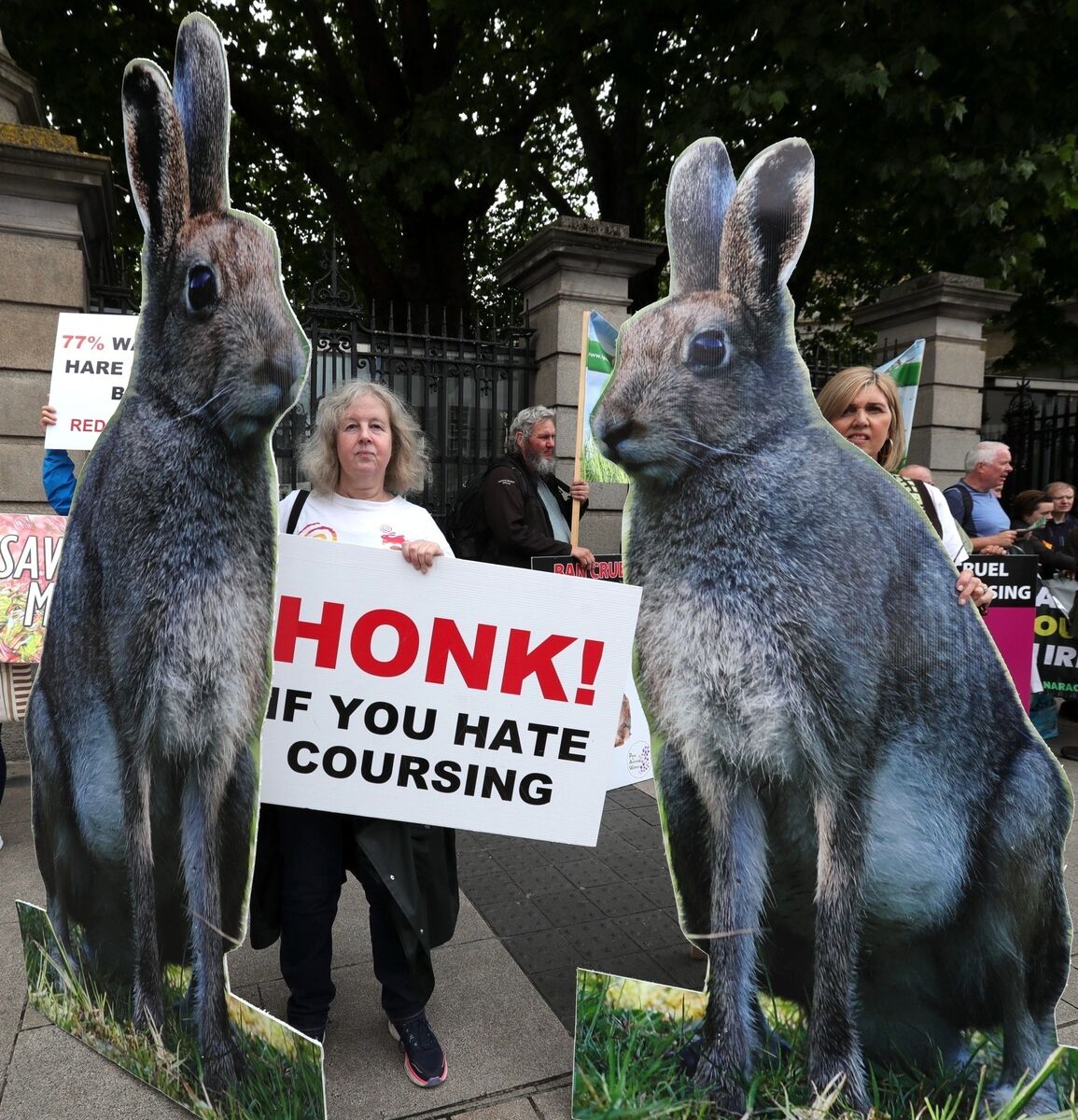
However, there are still outstanding concerns about the cruelty of capturing and keeping wild mammals in confined quarters for weeks at a time and the stress and injury during coursing events. Animal welfare advocates cite spinal injuries, broken legs, and dislocated hips. Several groups are actively calling for hare coursing to be banned here in the Republic, as it is in Northern Ireland. In 2019, the Irish Council Against Bloodsports commissioned a RedC poll which found that 77% of the population of Ireland was in favour of a ban on hare coursing, with support equally high in both urban and rural areas.
Disease transmission is also a serious risk. The Irish Wildlife Trust, among others, has highlighted the increased risk of deadly diseases spreading through Irish hares as a result of coursing. Hares are normally solitary, with the exception of mating season. Coursing requires that they are caught, transported in boxes, and held in confined areas, all of which risk spreading the highly infectious and deadly disease ‘RHD2 — Rabbit haemorrhagic disease’ which leads to substantial mortality in both rabbits and in hares.
Myself, I’m too much in awe of hares to accept that coursing is an ethically acceptable activity. These beautiful wild animals are gentle, quick-witted and wise. Tradition aside, our collective values change and evolve over time, often for the better.






